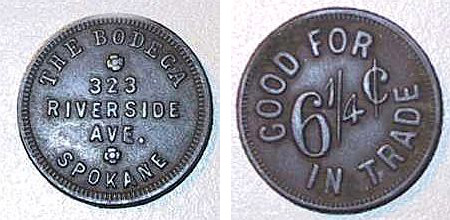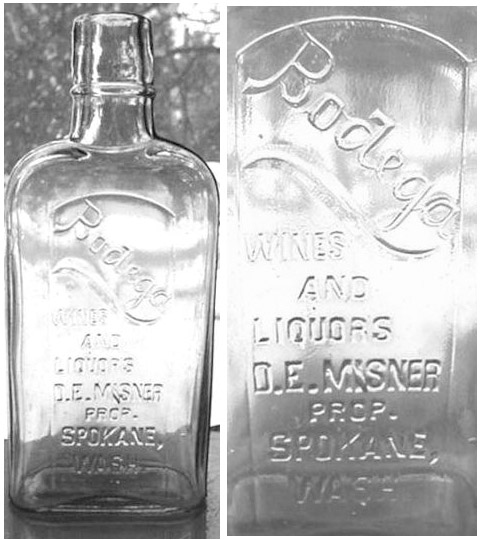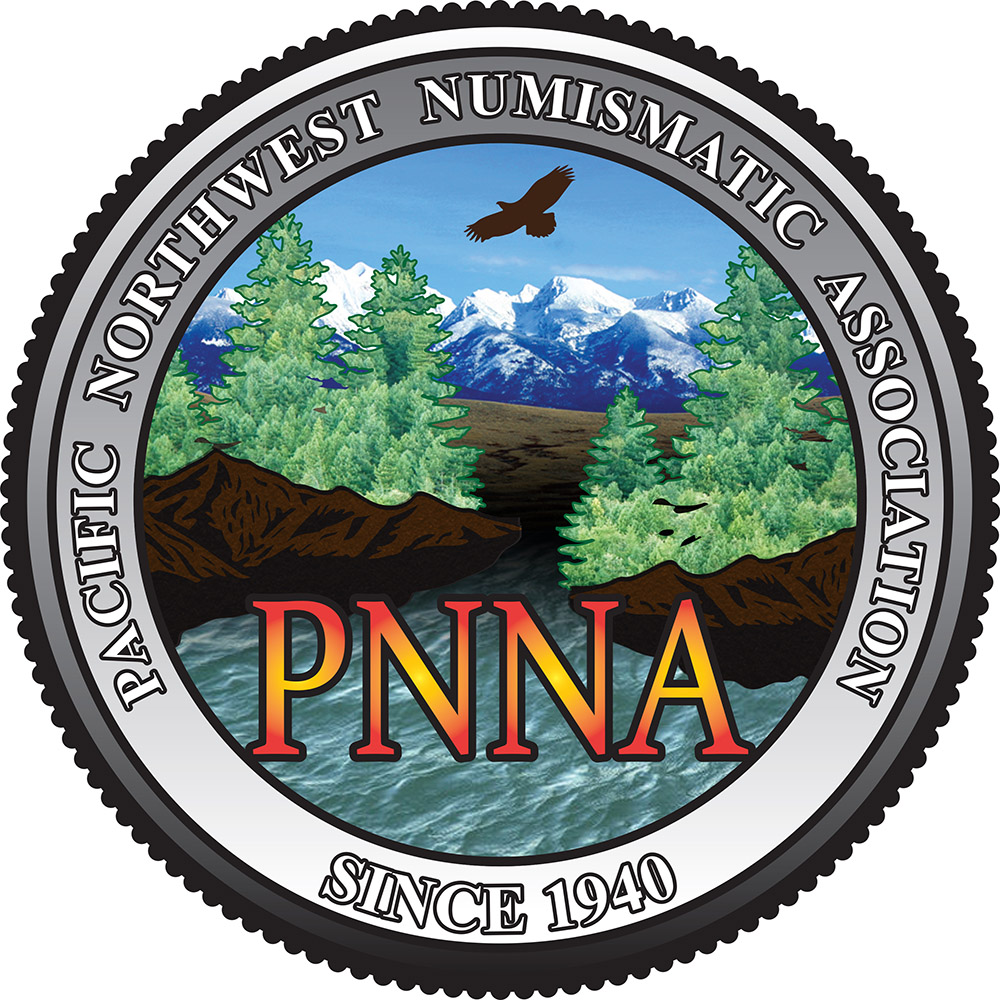See the main reference page for other topics and resources.
Many collectors who start out with coins eventually decide to add some tokens and medals to their collection, and a few even specialize in tokens and medals and other so-called “exonumia.”
Advantages
- Tokens and medals offer much more variety, and sometimes more historical interest, than coins.
- Tokens from local towns and merchants can add a great deal of local interest to your collection.
- Medals are often of high artistic quality and are larger and have higher relief than coins.
- Tokens and medals usually cost less than rare coins, even though the mintages are usually much lower than the mintages of coins.
- With the help of modern minting technology, interesting and colorful items such as “challenge coins” are very popular and affordable.
Disadvantages
- Tokens and medals are considered to be outside the mainstream of U.S. numismatics, which may make resale more difficult, and the items less suitable for investment purposes. (However, there are enough token collectors that better tokens often command a good price, for example on eBay.)
- You should be wary of modern made-for-collector items, especially when sold at retail for high prices that greatly exceed any bullion value. These items almost always lose value on the secondary market. (Instead, concentrate on older historical tokens and medals, or true art medals by well-known artists and sculptors.)
Resources and Articles
- American World’s Fair and Expo Medals.
- Collector Exhibits – Winners of the PNNA’s annual C.E. “Hep” Heppner Award for the best exhibit of tokens, medals and decorations.
- Historical and Commemorative Medals (Collection of Benjamin Weiss).
- Two-part series reprinted from Conder Token Collector’s Journal, Spring 2010:
“How and Why Grade Must Equal Price” and “Trashed Tokens” by Jerry Bobbe. - Karl Goetz medals web site (including excellent photographs) by Scott Goodman.
- Medal Artists (database by Dick Johnson).
- Medallic Art Collector.
- Medallic Art of James Earle Fraser by Carl Honoré.
- Olympic Collectibles:
- Olympic Participation Medals by Eric Holcomb.
- Olympic Memorabilia Collections (personal website)
- Olympin (online club)
- 1959 Oregon Centennial Tokens (Introduction to) by Katie Reinders.
- Pseudo-États (An introduction to the coinage of Pseudo-États by Erik Victor McCrea)
- 1962 Seattle World’s Fair Exposition So-Called Dollars by Jeff Shevlin
- So-Called Dollar Collector’s Website by Jeff Shevlin
- Token Catalog (tokencatalog.com) by Richard Greever.
- What is a Trade Token? by Al Erickson – see below.
- See the PNNA member links and outside links pages for other relevant information.
- See The Nor’wester back issues for many more articles.
Token & Medal Hobby Organizations
See outside links page for additional organizations and private mints, if you would like to make your own token, medal or “challenge coin.”
- American Medallic Sculpture Association
- Casino Chip and Gaming Token Collectors Club
- Civil War Token Society
- Conder Token Collector’s Club
- Early American Coppers (including colonial tokens)
- Medal Collectors of America
- National Token Collectors Association
- Northwest Token & Medal Society (NWTAMS) –
contact Don Duncan, ballardbc1@aol.com.
Also see the event calendar for NWTAMS events. - Token and Medal Society (TAMS)
Memorial to Al Erickson (1939-2009) – See 3rd Q 2009 Nor’wester, page 9.
What is a Trade Token? by Al Erickson (1939-2009)
About 1885, merchants all over the United States started using a form of advertising called a trade token (or chit, or bingle, or “good for”). When a customer bought something, they were given a token that resembled a coin. On the obverse, the token gave such information as the name of the business, address, town, state, etc. On the reverse, something like “good for 5¢ in trade” or “good for 1 cigar” were often used. When the customer returned to the store, they were given credit, or their purchase was discounted by the amount stated on the token.
The sizes, shapes and materials that were used to make trade tokens varied widely. The sizes ranged from smaller than a dime to larger than a silver dollar. Common shapes were round, square, scalloped, oval and rectangular. (The majority were round.) Although most tokens were bronze or aluminum, other materials such as paper, fiber, zinc, copper and bimetals (bronze and aluminum) were also used.
The merchandise that the token was “GOOD FOR” would make an interesting collection of its own. Some of the common “GOOD FOR” tokens were in trade, in merchandise, in cash, a cigar, a pint or a quart of milk, a tune, a shave, and a drink. Many others such as 1 box of peaches, one card game, 1 pack of cranberries, one manicure and one loaf of bread are known.
Some collectors have assembled interesting collections of the different denominations represented on tokens. The most common would be “good for 5¢ in trade,” with 2½¢, 6¼¢, 10¢, 12½¢, 25¢, 50¢ and $1.00 also reasonably common and easily found. Although many other denominations exist, they are harder to come by and often command a premium.
Most collectors have one or more particular topic they collect. Probably one of the first that many collectors choose is tokens from the town where they live. Cities such as Tacoma, Seattle or Spokane each have quite a few hundred different tokens and quite large collections of these cities are possible. Other towns such as Ashford, DuPont, Kapowsin, Parkland or Ruston had less tokens and can be harder to find.
Another favorite (and more difficult) topic is tokens from the towns in one or more counties such as Pierce, King or Thurston. Each county in the state might have 10 or 20 or 30 different towns that issued trade tokens. It will be easy to find tokens from some of the towns, but the smaller or extinct towns may prove much more difficult and challenging.
Another favorite is collecting one or more tokens from each town in the state. Washington State has about 900 different towns or locations that issued trade tokens. Tokens from many of the towns are easy to find, while others may be difficult or even unique. Other popular topics include saloons, military bases, dairies, bakeries, confectioneries, lumber companies and cigar stores. The possibilities are limited only by one’s imagination. Happy hunting!
Scarce Token Found in Nevada Ghost Town
A gentleman named Joe Caruso wrote to inquire about a token found in the ghost town of Wonder, Churchill County, Nevada, which was an active mining town from 1906 to 1919. Although the token was found in Nevada, it was issued by The Bodega in Spokane. (See picture.) This token is listed in Al Erickson’s book Washington State Trade Tokens, and is quite scarce, with only 3 or 4 pieces reported, based on a limited survey of serious collectors at the time the book was written. The token is not necessarily valuable because there are many other tokens from Spokane and most collectors collect by town, but nonetheless it is extremely interesting. The Bodega was likely a tavern, and Bodega also operated a wine company in Spokane, which also issued a token.


Top: Bodega token found in Nevada ghost town.
Bottom: Bodega whiskey flask, photo courtesy of M. Maye.
